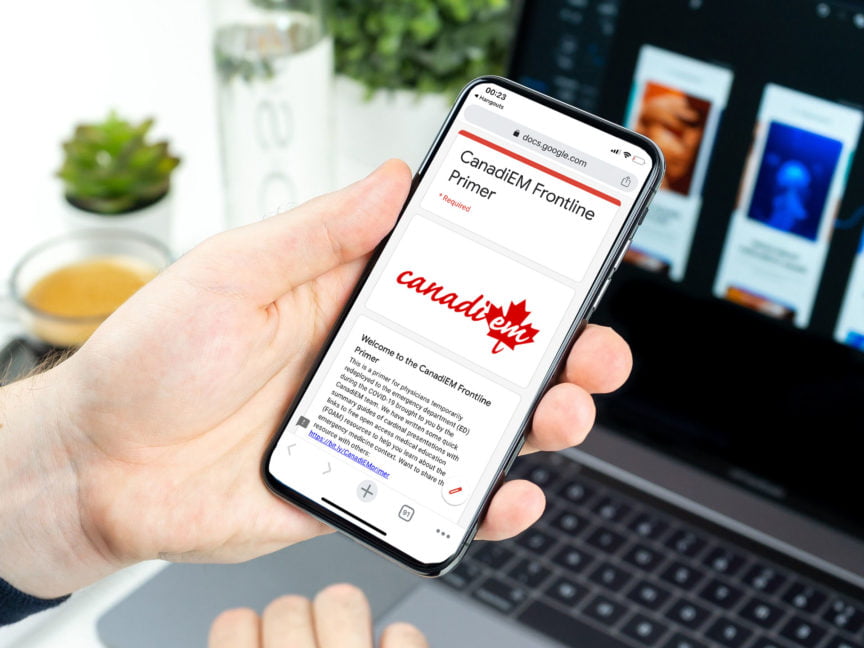Can’t Miss Diagnoses
- Epidural hematoma
- Subdural hematoma
- Acute on Chronic Subdural Hematoma
- Other Intracranial Hemorrhage (ICH)
- Basilar Skull Fracture
- Le fort Fractures of midface (I, II, III)
Early COVID-19 may present with mild and subtle symptoms (headache, myalgias) make sure you consider this when receiving a trauma patient.
See “Headache” section for more on other benign causes of headaches.
History
- Trauma/head injury history – AMPLE – Allergies, Medications, PMHx, Last oral intake, Exposures
- Recent anticoagulant use
- Presence of any VP shunt
- Consider screening for potential violence at home with certain high-risk populations (intimate partner, children, elderly)
Physical Exam
- ABCDE of trauma (See “Trauma General Overview”)
- Glasgow Coma Scale
- Orientation Status (Awake? Alert? Oriented to person, place, or time?)
Investigations
- Neuroimaging if warranted
- Use the relevant clinical decision tools for head injury to guide this decision. Be wary of the inclusion and exclusion criteria of these tools to ensure you are applying them correctly. (e.g. age cut offs, use of warfarin).
- Alternatively, observation for a number of hours (usually 6 hours) can be an alternative for moderate risk patients (especially in children and young adults).
- CBC, BUN, Cr, Lytes, Glucose,
- INR/PTT – especially if decreased LOC and do not know medication history
- Group & Screen (especially if patient is bleeding – or has potential of bleeding)
- *For women, make sure to test for pregnancy (urine beta-HCG is typical, but in some circumstances it may be advisable and easier to do a serum beta-HCG than to await a urinalysis.)
Clinical Decision Toos

Management
FOR INTRACRANIAL HEMORRHAGE
- Management for ICH would usually involve Neurosurgery and/or admission.
- Consider reversal of oral anticoagulation using human prothrombin complex (PCC) in consultation with hematology/thrombosis/Blood bank to your institution.
- Specific reversal agents are also available, but consult your hematologists or local protocols for this.
Basic things you can immediately do at bedside
- Tilt head of bed up 30 degrees to prevent increased ICP. If the spine is not cleared, then use reverse Trendelenberg positioning.
- It may be worthwhile to consider hypertonic (3%) saline and/or mannitol, but you may wish to discuss with your neurosurgeon.
- Consider phenytoin loading (17mg/kg IV over 30-60 min x 1) for patients with severe traumatic brain injury to prevent seizure.
Patient Education Tools for Head Injury
- Alberta Health Services Choose Wisely Infographic:
- PECARN Education Card (by ALiEM-CanadiEM)
Recommended reading, videos, and podcasts
- CanadiEM MVP infographic – CT Head Rules Infographic
- Canadian CT Head Rule YouTube Video (featuring Dr. Stiell himself)
The following is part of the CanadiEM Frontline Primer. An introduction to the primer can be found here. For another trauma-related topic, see “Trauma – Primary Survey.” For another resource on non-traumatic headache click here. To return to the Primer content overview click here.
This post was edited by Dr. Jonathan Sherbino MD MEd FRCPC DRCPSC. This post was copyedited and uploaded by Johnny Huang.
References
1. Walls R, Hockberger R, Gausche-Hill M. Rosen’s emergency medicine-concepts and clinical practice e-book. Elsevier Health Sciences; 2017 Mar 9. Chapter 34, Head Trauma.


